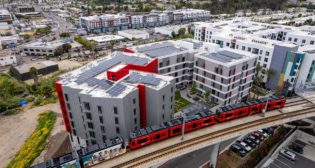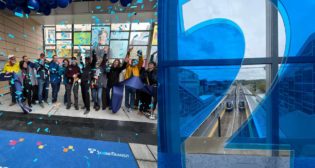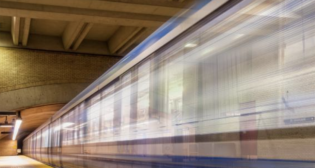
Earl Gales, Metro Rail, and Writing What You Know
Written by India Mandelkern, LA Metro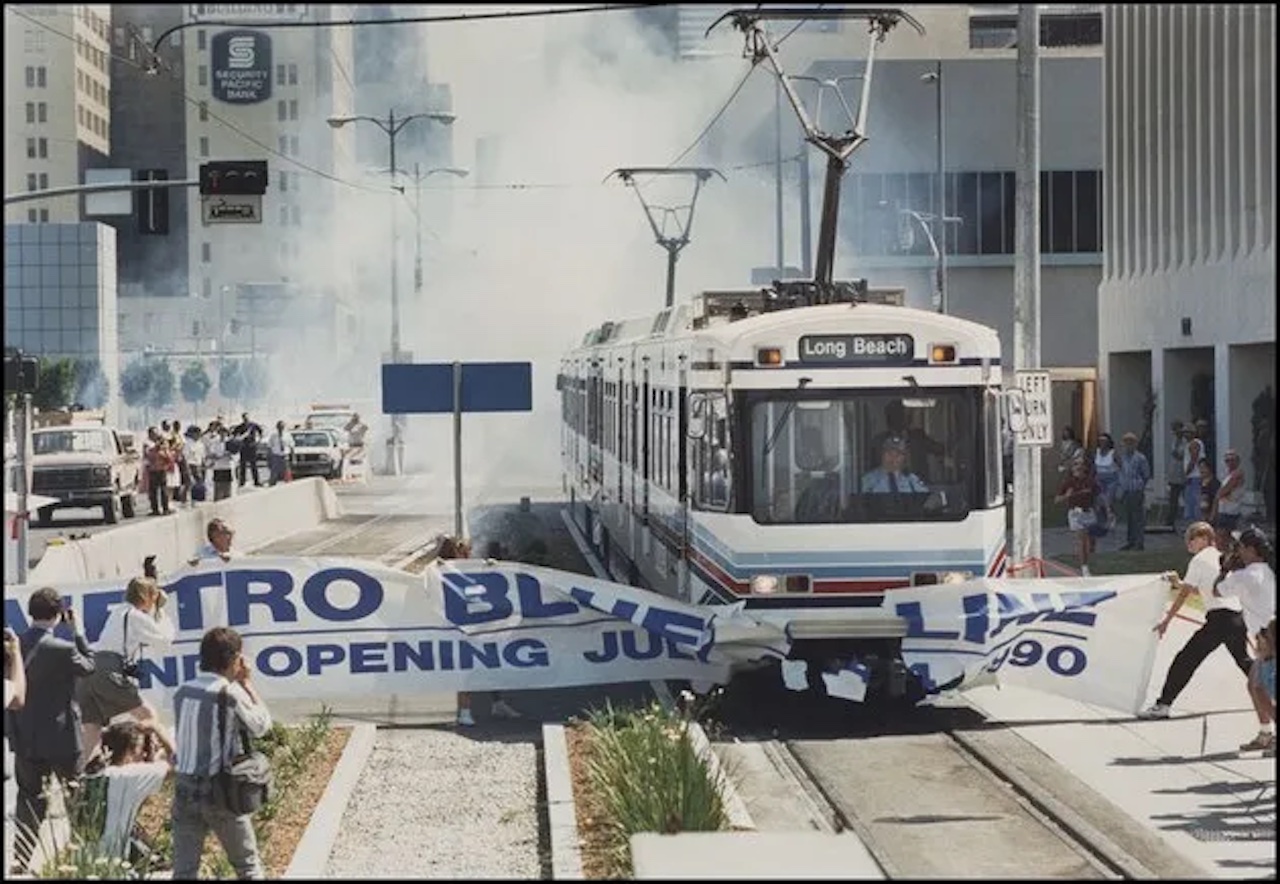
The Blue Line opens, 1990
The planner, engineer, and architect Earl Gales didn’t enjoy the spotlight much. He liked to fly under the radar, staying in the background while letting other people shine. But he played an important role in creating our rail system, even if it isn’t obvious to riders today.
Gales’ dad was born in Louisiana and enlisted in the army during World War II. After the war ended, he headed out West seeking better opportunities –– one of millions of Black people to take part in the Second Great Migration. He arrived in Los Angeles in 1945 and settled in the predominantly Black neighborhoods of Watts, where he worked as a carpenter for the City of Los Angeles.
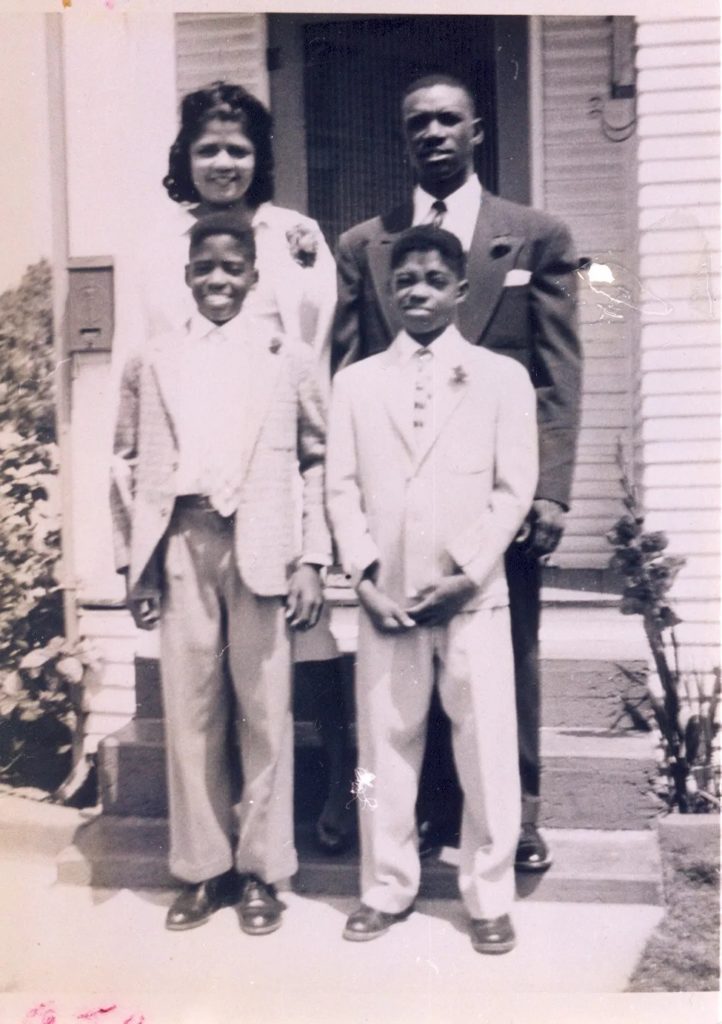
At that time, Watts was served by the Long Beach Line, one of the last Pacific Electric streetcar lines (the Red Cars) remaining in Los Angeles. Thousands of people relied on it. Even if many of the Red Cars were in bad shape at that point –– the green plush seats were worn, the paint was blistering, and much of the glass on the windows was cracked –– they were the last pieces of an expansive streetcar network that used to cover the entire region. Traveling up to 50 miles per hour, you could go from Watts to Downtown LA by streetcar in only 20 minutes.
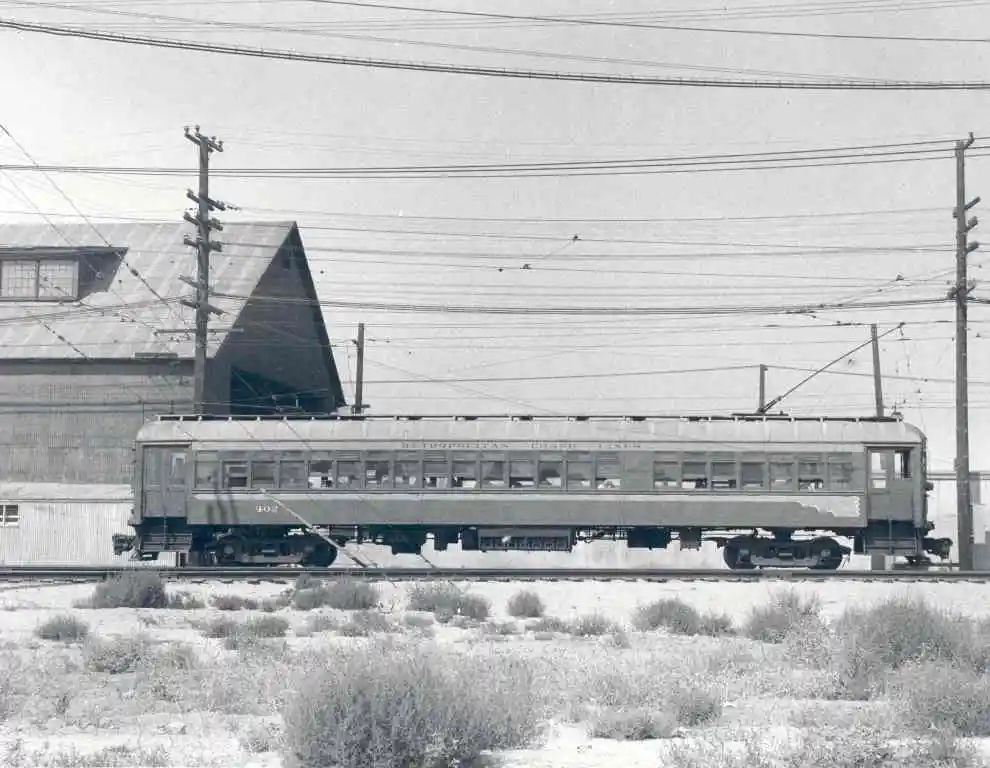
In April, 1961 the Long Beach Line was put out of service (although many people, including the cities of Long Beach and Compton, protested it). The tracks were removed a few months later. Officials said that the new ‘Dreamliner’ buses would provide faster service than the trains, but that didn’t really happen. Without reliable transportation, job opportunities shrank. That struck a chord for Earl Gales, who was a teenager at that time.
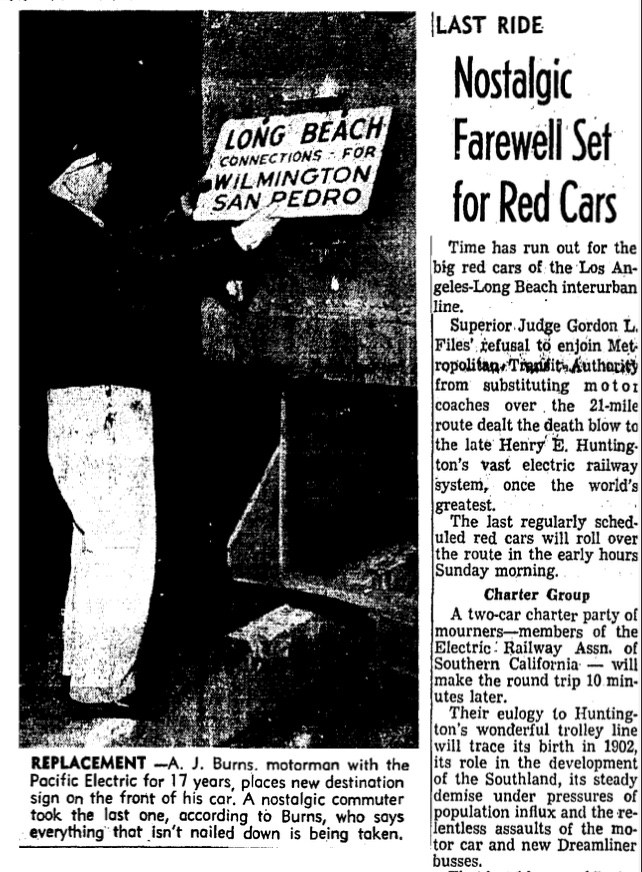
In 1968, Gales enrolled at Cal Poly Pomona –– he was the first in the family to go to college. Gales started out as an architecture major before switching to urban planning. (Later on, he completed a masters degree in architecture from UCLA.) During his senior year, Gales wrote his senior thesis on the impact of the Red Cars’ disappearance from Watts, which further fragmented the already struggling communities. The paper concluded by describing a mass rail system he envisioned for the future: one as large and effective as the streetcars in their heyday had been.
The paper fell into the hands of Tom Bradley, a City Councilmember at that time, who had visited Cal Poly for a speaking engagement. In 1972, Bradley and LA County Board Supervisor Kenneth Hahn invited Gales to Washington, D.C., to present his paper before the Urban Mass Transportation Administration (UMTA), the agency charged with providing federal funding for the nation’s mass transit projects (and the predecessor of the Federal Transit Administration). Bradley wouldn’t be elected mayor for another three years –– but building a world-class rail network for Los Angeles had already become a priority for him (read more about his efforts here). Gales’ paper was the only one to focus on mass rail in LA –– since 1961, the region’s transportation had been limited to buses.
The trip to D.C. to present the paper was the first plane ride that Gales had ever taken.
—
Gales’ story is remarkable, and you could say that he got lucky. Not many undergrads get this kind of life-changing opportunity. But his story also illustrates the role of lived experience in shaping change. No one understands our transit system’s pain points –– and what we can do about them –– more than the people who use our buses and trains everyday. Nobody understands the stakes better than the people who depend on it. We all know that fast and reliable transportation creates connections and opportunities. Gales’ neighborhood observations launched his long and successful career.
Twenty years after Gales went to Washington D.C., the Blue Line (now the A Line) opened; the first segment ran from Pico Boulevard in Downtown Los Angeles to Anaheim Street in Long Beach, passing through Gales’ hometown of Watts. Gales was no longer working for Bradley by that time –– in 1981, he had cofounded Jenkins/Gales and Martinez, LA’s first Black-owned architectural and engineering firm. Working on the Blue Line was one of the firm’s first projects.
Over the past month of Black History Month celebrations, we keep coming back to Earl Gales’ story. Not just because he passed away relatively recently (last year, his son Ryan accepted the AIA|LA’s Gold Medal, the organization’s highest honor, on his behalf). Gales’ story also sticks with us because it illustrates the degree to which observation can influence long term decisions, resulting in new maps and monuments that will outlive us.
There’s a lot of change that can come from writing about what you know.


